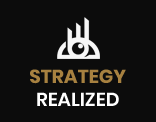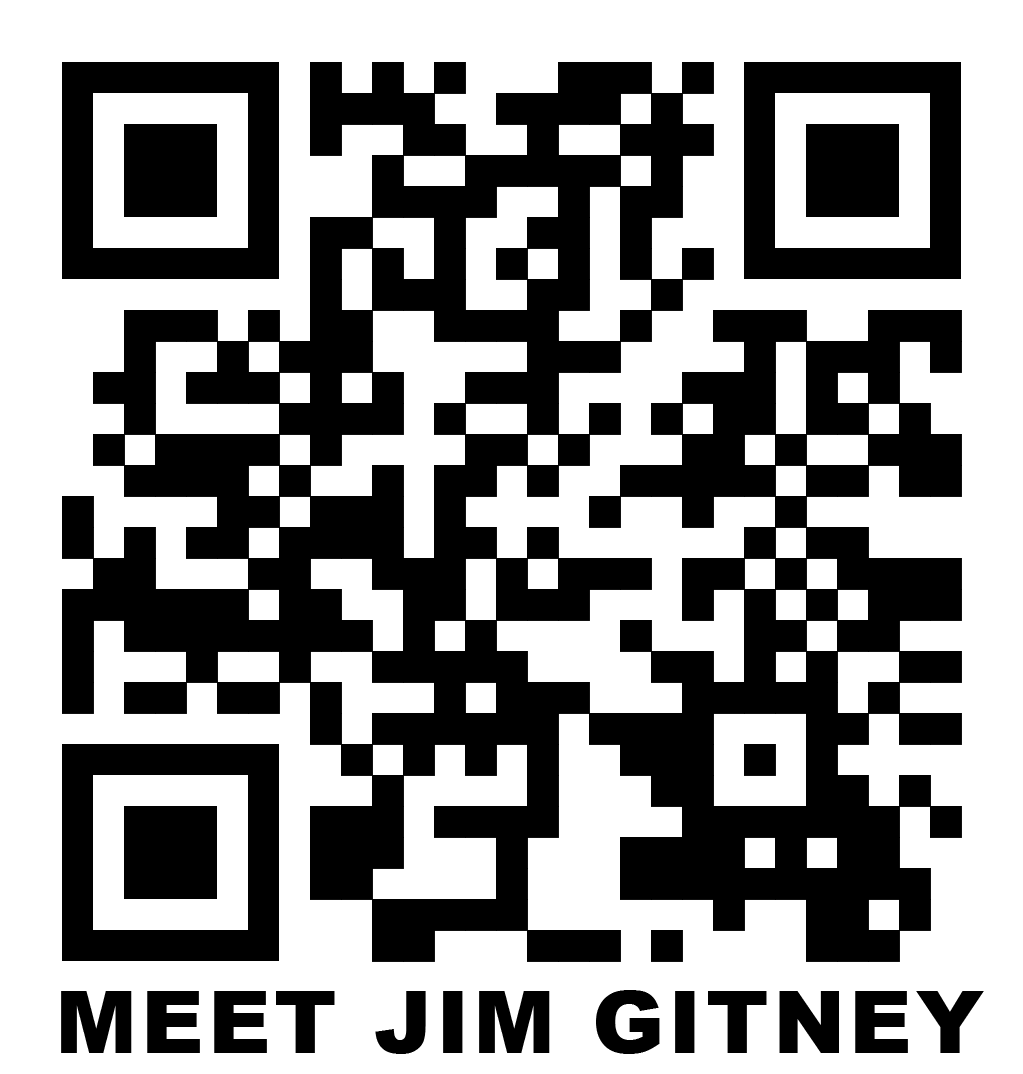The Business Hierarchy of Needs® – For Advisors and Consultants

As consultants and advisors our mission is to provide services to our clients that help them resolve issues in their business, positively impact their business performance and improve their corporate Culture. By taking a holistic view, we can increase the breadth of our services which will increase both short term and long-term revenues. Often, it isn’t obvious to us what the potential broader impact of our work is, or how our services can be broadened to have a greater impact. By considering the elements of the Business Hierarchy of Needs®, we can optimize our efforts with laser sharp focus on fixing client issues, improving client performance, and increasing the scope of our work. The Business Hierarchy of Needs®, a change management framework shown below,

provides us insight on the 3 ways we can increase our value to our clients. These 3 ways correspond with the 3 levels of needs:
- Strategy, Analytics, and Planning: Strategic Planning
- Knowledge and Change Management: Leadership Management
- Implementation – Strategy Execution
If you look closely at Level 1, you see two prominent elements:
- MIG (Most Important Goal)
- Clearly Defined Business Strategies
Every company has only one MIG. It might be increasing sales, profitability, cash flow or enterprise value, exiting the business, creating a legacy business, or taking money off the table. There are many other possibilities, but I hope you can see that Leadership needs to build business strategies to meet the requirements of their MIG. They are challenged with focusing every effort the company and its advisors undertake to achieve the company’s MIG and the business strategies that support it. We, as advisors and consultants, can add more value by demonstrating to our clients how our work helps them achieve their MIG.
All advisory and consulting work impacts the 3 levels and one or more of the 29 elements in the Business Hierarchy of Needs®. When starting a project with a client, we (Group50® Consulting) educate ourselves on the client’s MIG, strategies that define the future state, and the measures they use to track success. By asking about these, we demonstrate our interest in the company’s overall success and can tailor our work to positively impact that success. During our work, we look at our recommendations and ask ourselves the following questions:
- Do they positively impact the client’s MIG?
- Are they tied into one or more client strategy?
- Do they include recommendations on change management?
- Do they include an implementation roadmap of the activities required?
Answering these questions details the list of activities that need to be done to properly implement our recommendations. We often find that these activities include more work for us (or for other professionals we know) because most clients don’t have sufficient resources to do them in the recommended timeframes.
Perhaps a couple of examples are appropriate.
- If your work affects people, you are primarily working on one of the elements in Level 2 – the bridge between strategy and results. If you are a recruiter, you want to understand the short and long term needs of the business so you can identify the candidates that are best suited to operate in the future state of the business. But don’t stop there, because you also need to understand the Mission, Vision, Values and Leadership Traits that impact the skills the candidate needs to demonstrate. Here is where you can broaden your scope by helping craft the appropriate job descriptions, onboarding programs and other services.
- If you are in technology, you are primarily working in Level 3, but you need to be able to communicate to the client how your recommendations impact the needs of Levels 1 and 2, because today’s businesses are driven by their technology backbone and their future state is dependent on your recommendations. Your clients need to understand how your recommendations will impact the skills requirements of the organization, organization structure and how changing business processes will make them more effective. Here is where you have the potential to do more work during implementation with training and business process redesign.
- If you are in banking, wealth management or investment banking, it is critical that you understand the MIG for both the owners and the company. Business strategies are built around the owner’s MIG, and their banking needs should be optimized to support it. Often, I find that what a client thinks they want is not the optimal solution. Here is where you can offer many more services such as insurance, lending, money management, integration services, etc.
- If you are in operations, supply chain, quality or process improvement, you are working primarily in Level 3, but your efforts have a large impact on Level 2 and need to take into consideration the operating gaps, strategic gaps and organizational gaps identified in Level 1. Every time we make changes to business processes, organizational needs are impacted. It behooves us as advisors to provide our clients with a summary of Level 2 impacts and a well thought through change management plan. In this example, project and program management often are incremental service opportunities.
- If you are in coaching or strategic planning, the Business Hierarchy of Needs® provides the roadmap for focusing senior leadership on one Most Important Goal and its related strategies. It also acts as a guide for taking advantage of the improved performance that is outlined in Strategy Realized – The Business Hierarchy of Needs® – Value $$$ Opportunity – via full engagement of all stakeholders.
As an advisor, if you can show how your recommendations resolve their issue and contribute to their strategic success, you have created a WIN-WIN and have a much higher chance of your recommendations being implemented successfully while adding service revenues. This approach will work for any type of company including a Start-up. The above considerations are crucial to strategic success and that is especially critical when dealing with business transformations such as Mergers and Acquisitions, companies at an Inflection Point, Carve Outs, Digital Transformations, Restructurings and Cost Takeout projects.
You can learn more about dealing with your client’s needs and significantly increasing your value to them in my new book: Strategy Realized – The Business Hierarchy of Needs® which is available now as a PDF and will be released in the Kindle version on 1/11 and in hardcover on 2/9/2023.
About the Author: Jim Gitney is the CEO and Founder of Group50® Consulting, and the author of “Strategy Realized – The Business Hierarchy of Needs®” which is a new corporate success book that summarizes a framework for creating a business that leverages topics in this article. (You can find out more about the book and acquire a copy by clicking on the image to the right).
Founded in 2004, Group50®consulting is focused on working with middle market companies to significantly improve their strategy execution and productivity by leveraging people, process and technology as part of a company’s strategic plan. Group50® consists of consultants who have spent their careers in corporate America learning how to optimize businesses. We specialize in working with senior leaders to develop and implement strategies that accelerate top line and bottom-line performance.

